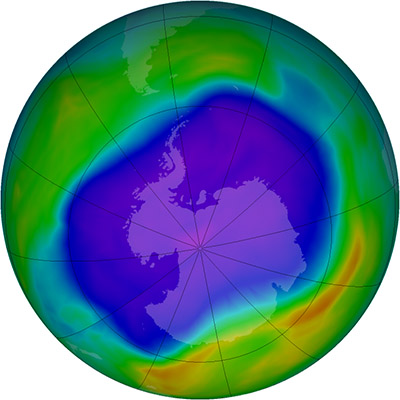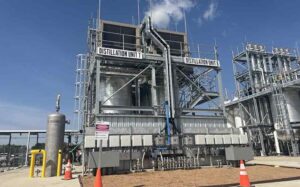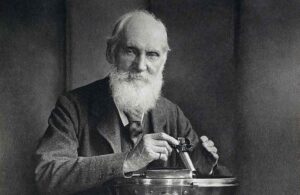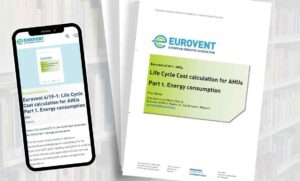Mystery of CFC compound in atmosphere
22nd August 2014
USA: Large quantities of a banned compound once used in the production of CFCs refrigerants has been observed in Earth’s atmosphere.
NASA research has revealed that the Earth’s atmosphere contains an unexpectedly large amount of an ozone-depleting compound from an unknown source decades after the compound was banned worldwide.
The source of the carbon tetrachloride (CCl4), which was once used in the production of refrigerants R11 and R12 as well as in applications such as dry cleaning and as a fire-extinguishing agent, was regulated in 1987 under the Montreal Protocol along with other CFCs that destroy ozone and contribute to the ozone hole over Antarctica. Parties to the Montreal Protocol reported zero new CCl4 emissions between 2007-2012.
However, NASA’s research shows worldwide emissions of CCl4 average 39,000tonnes per year – approximately 30% of peak emissions prior to the ban.
“We are not supposed to be seeing this at all,” said Qing Liang, an atmospheric scientist at NASA’s Goddard Space Flight Center in Greenbelt, Maryland, and lead author of the study. “It is now apparent there are either unidentified industrial leakages, large emissions from contaminated sites, or unknown CCl4 sources.”
Source
As of 2008, CCl4 accounted for about 11% of chlorine available for ozone depletion, which is not enough to alter the decreasing trend of ozone-depleting substances. Still, scientists and regulators want to know the source of the unexplained emissions.
For almost a decade, scientists have debated why the observed levels of CCl4 in the atmosphere have declined slower than expectations, which are based on what is known about how the compound is destroyed by solar radiation and other natural processes.
“Is there a physical CCl4 loss process we don’t understand, or are there emission sources that go unreported or are not identified?” Liang said.
With zero CCl4 emissions reported between 2007-2012, atmospheric concentrations of the compound should have declined at an expected rate of 4% per year. Observations from the ground showed atmospheric concentrations were only declining by 1% per year.
Model simulations of global atmospheric chemistry and the losses of CCl4 due to interactions with soil and the oceans pointed to an unidentified ongoing current source of CCl4. The results produced the first quantitative estimate of average global CCl4 emissions from 2000-2012.
In addition to unexplained sources of CCl4, the model results showed the chemical stays in the atmosphere 40% longer than previously thought.
“People believe the emissions of ozone-depleting substances have stopped because of the Montreal Protocol,” said Paul Newman, chief scientist for atmospheres at NASA’s Goddard Space Flight Centre, and a co-author of the study. “Unfortunately, there is still a major source of CCl4 out in the world.”
 Scientists discover four new ODS gases – March 9, 2014
Scientists discover four new ODS gases – March 9, 2014
UK: Mystery surrounds the source of four new ozone depleting substances detected in the atmosphere and said to be rising fast. Read more…







